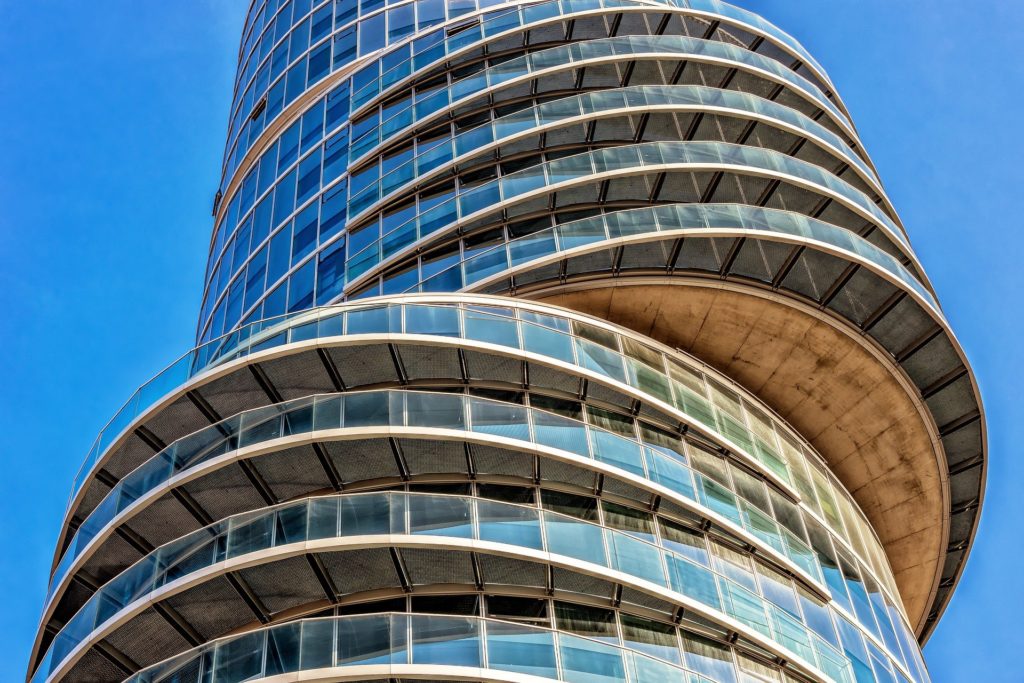When it comes to building your own business, you’ll have the deck stacked against you in a major way. Of all the potential pitfalls of operating a company, there’s one in particular where you can’t afford to take risks: your building. Commercial real estate has needs that exceed what you might expect in a residence, for example, and tackling all of them is essential for remaining in business and satisfying customers. However, there’s a risk when buying real estate of any kind that you’re not getting what you pay for. Here’s what you need to look for in your company building and how to make sure your needs are met.
Electricity
Electricity is one of the pillars upon which modern society rests. Likewise, businesses have a need for consistent electricity throughout each business day, potentially 24/7. Therefore, one of your most pressing needs in commercial real estate is flawless wiring. Having your building inspected before you buy is an essential first step for this reason, because faulty wiring can be difficult to detect while still causing a variety of problems. Finding and fixing any faults in your building’s wiring will protect you from power outages and fires, and it can also strengthen the stability of your building’s power supply on the whole.
On the other hand, even good wiring doesn’t protect you from other potential problems. For example, power surges can cause major damage to sensitive electronics, such as those like computers that are integral to your business operations. Avoiding this fate is essential, so consider installing a top-of-the-line load center panel in your building so that any surges can be properly redirected to protect your devices. Likewise, every day, run-of-the-mill surge protecting power strips can give you some semblance of that protection, and both used in tandem work wonders.
Plumbing
Even more important than electricity in modern life is water, although its impact on a business is secondary at the end of the day. However, it’s still a necessity for both workers and customers, and the problems it can present can be a slow and insidious threat. Water damage can warp and eventually rot lumber, for example, detracting from the stability of wooden support structures, eventually leading to collapse in the worst-case scenario. During your building’s inspection, you’ll want to find and repair any faulty plumbing, because leaky pipes are the leading cause of major, long term water damage.
It’s also important to repair water damage when you find it. The telltale sign of water damage is the discoloration of walls and ceilings, and this typically means a brown or black spot where water has been allowed to concentrate. Water damage is most likely to occur in ceilings for that reason. Floors, on the other hand, are often treated with water damage in mind. However, it can hurt to double check, just to be certain your building is as safe as possible.
Another issue to consider is mold. Mold is also caused by the presence of excess moisture, but the presence and effects of mold are quite different. The threat mold poses is a health risk, albeit a typically negligible one. Despite this, you’re better off safe than sorry, and the presence of mold, however innocuous, will be bad for your reputation and will detract from your bottom line. Mold is more or less all around all the time without issue. The problem occurs when a warm, damp environment allows mold to root and grow. Therefore, mold colonies are most common in bathrooms, but boiler rooms are similarly vulnerable. Even warm weather can overlap with the moisture of a bathroom to create the ideal conditions for mold to grow.
Operating a company is a challenge at the best of times. However, a building that’s riddled with flaws will stack the deck against you, making things harder than they need to be. These tips can help you future-proof your building so that your company stands a fighting chance.
- Using Technology to Boost Sales - June 27, 2024
- Why Your Startup Needs Insurance and How to Make It Affordable - June 3, 2024
- Feeling Marketing Burn Out? AI is the Answer - May 2, 2024



